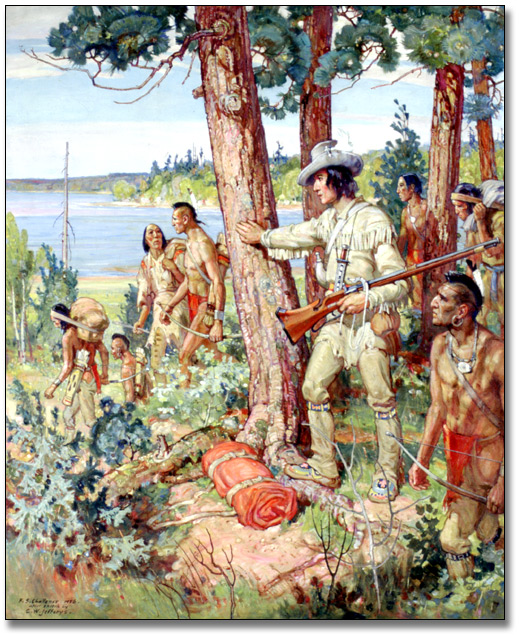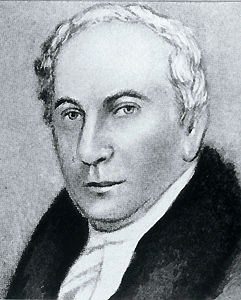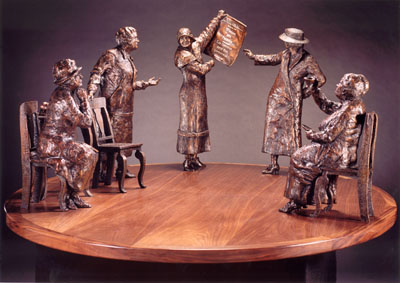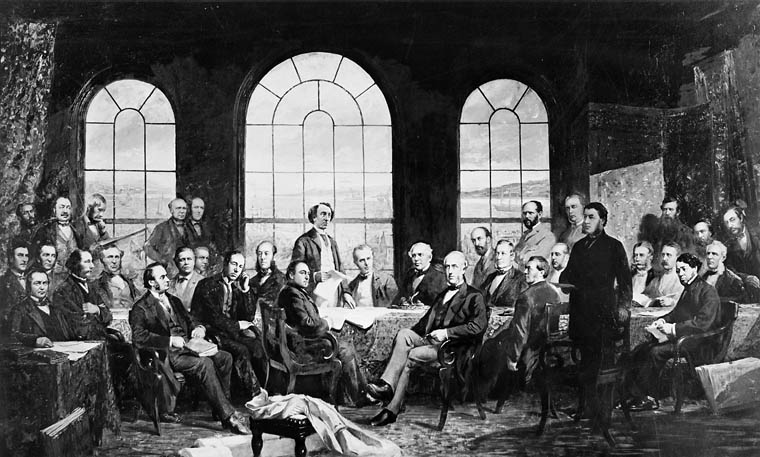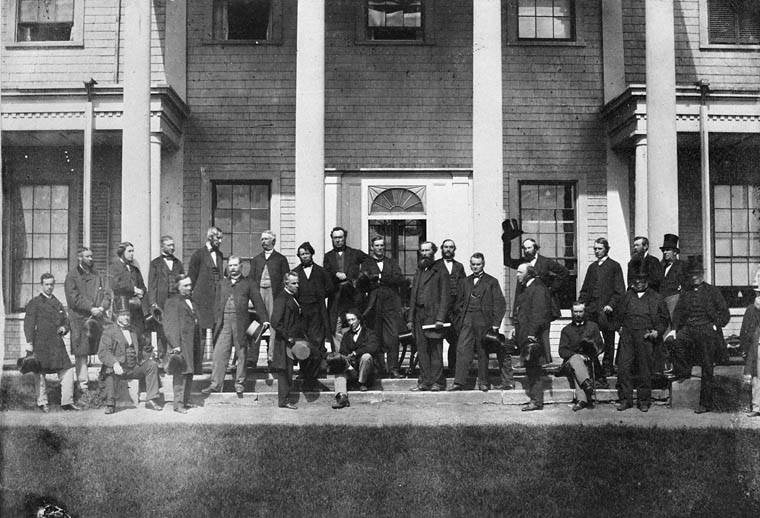Article
Eric Cobham and Maria Lindsay
Tales of swashbuckling pirates have captured audiences from around the globe for centuries. Among them is the story of Eric Cobham and his wife Maria Lindsay. Legend has it that the couple established a base in St. George’s Bay, Newfoundland, from which they attacked ships in the Gulf of St. Lawrence from 1740 to 1760. The couple is then said to have moved to France where they lived in a lavish estate. Cobham became a magistrate and judge while still occasionally committing acts of piracy. Lindsay died under mysterious circumstances and Cobham died in 1780 after allegedly dictating the story of his exploits. However, his memoirs were lost and therefore, the adventures of Cobham and Lindsay can’t be proven. This has led some experts to contend that the couple are nothing more than characters in a pirate tale.




